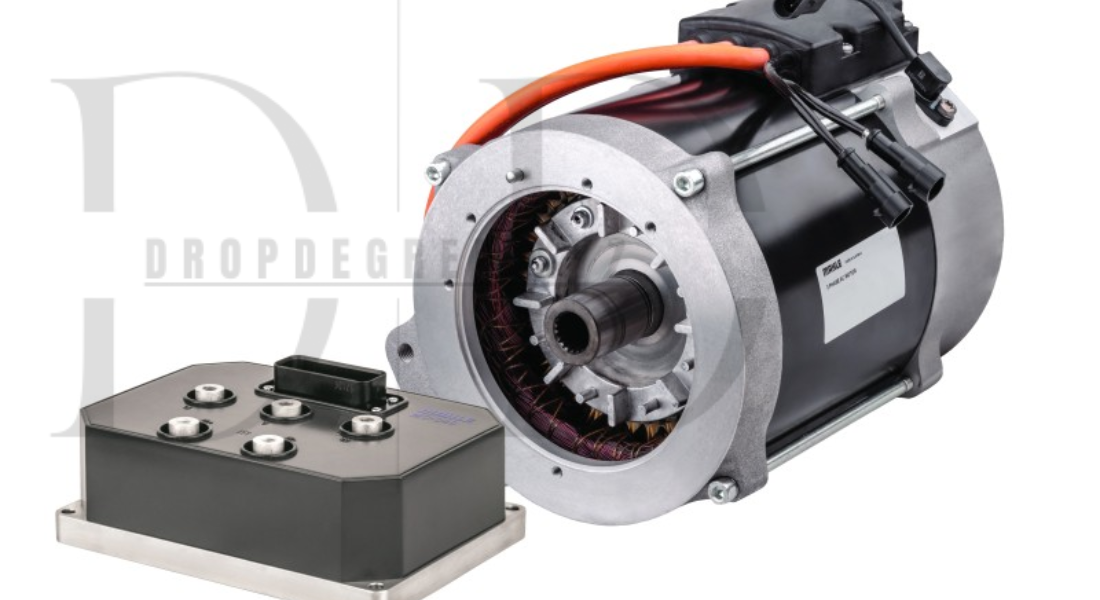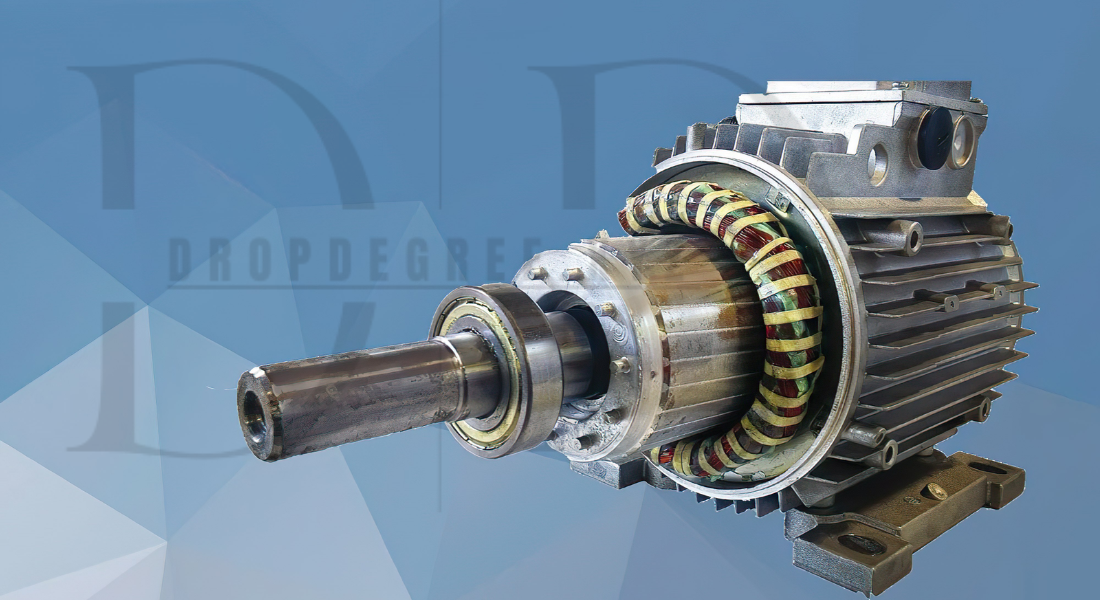Electric Motor Systems have become crucial in transforming the transportation industry. With the increasing demand for sustainable and eco-friendly alternatives to traditional fuel-powered vehicles, these systems provide a promising solution. From electric cars to e-bikes and buses, the applications of electric motor systems are expanding rapidly, ushering in an era of efficiency, performance, and environmental responsibility.
As society strives to move away from fossil fuels, the role of electric motors becomes ever more significant. These systems are not only revolutionizing vehicles but also reshaping various industries with their adaptability and eco-conscious features. In this article, we will explore the role of these innovative systems, their components, benefits, and their expanding impact globally. Whether you are an engineer, a consumer, or someone simply interested in the future of mobility, understanding electric motor systems is key to recognizing the advancements shaping our world.
What Are Electric Motor Systems?
Electric motor systems convert electrical energy into mechanical energy. They consist of an electric motor, controller, battery, and other essential components that enable the motor to function effectively. The electric motor generates rotational motion, which can drive vehicles, power machines, or serve various functions across industries.
Unlike internal combustion engines (ICE), which rely on burning fuel to create energy, electric motor systems use electricity stored in batteries or other power sources. This shift towards electricity over fuel makes these systems more energy-efficient and eco-friendly. The growing adoption of electric motors aligns with a broader movement toward reducing greenhouse gas emissions and mitigating climate change.
Electric motor systems work efficiently in diverse applications ranging from household appliances to large-scale industrial equipment. As advancements in technology continue, these systems are becoming a critical component in efforts to create more sustainable energy solutions for the world.
Key Components of Electric Motor Systems
The functionality of electric motor systems depends on several key components working in harmony. These parts include:
- Electric Motor: The core element of any system, the electric motor, transforms electrical energy into mechanical motion. Different motor types, such as AC motors, DC motors, and induction motors, are chosen based on their application. Each type has distinct features, such as higher efficiency or better performance at specific speeds.
- Battery: The battery stores and delivers the electrical energy required to power the motor. Lithium-ion batteries are the most common choice due to their high energy density, longevity, and ability to recharge quickly. Battery technology plays a significant role in the overall performance and range of electric vehicles.
- Controller: The controller regulates the flow of electricity between the battery and the motor, ensuring smooth operation. It manages the motor’s performance by adjusting speed, torque, and direction, while also protecting the system from electrical overloads.
- Power Electronics: These electronic devices regulate and convert electricity, making sure that the motor receives the correct voltage and current to operate efficiently. They are essential for optimizing the motor’s performance and extending its lifespan.
- Cooling System: In high-power applications, electric motor systems require cooling mechanisms to maintain optimal performance. This is especially true for electric vehicles, where advanced cooling systems like liquid cooling are used to prevent overheating of critical components.
Types of Electric Motor Systems
Electric motor systems are categorized by their design and application. The most commonly used types include:
- AC Electric Motors: These motors are powered by alternating current and are widely used in both industrial machinery and electric vehicles. AC motors offer high efficiency and can operate at varying speeds without losing performance.
- DC Electric Motors: Running on direct current, DC motors are typically used in low-power applications, such as small appliances, tools, and toys. These motors are particularly valued for their ability to provide a high level of torque at low speeds, making them versatile for certain tasks.
- Brushless DC Motors: Popular in electric vehicles, brushless DC motors operate without brushes, which eliminates friction and wear. This makes them more efficient and reduces maintenance requirements, providing a smoother and longer-lasting performance compared to traditional motors.
- Induction Motors: Known for their robustness and simplicity, induction motors are used in many industrial applications, including pumps, fans, and conveyors. These motors are reliable, durable, and require minimal maintenance, making them ideal for continuous operation.
Benefits of Electric Motor Systems
Electric motor systems offer numerous benefits over traditional internal combustion engine systems. These benefits extend beyond just the automotive sector and influence various industries.
- Environmental Benefits: One of the primary advantages of electric motor systems is their environmental friendliness. Electric motors generate no tailpipe emissions, which significantly reduces air pollution and greenhouse gas emissions. This contributes to cleaner air and helps address climate change.
- Energy Efficiency: Electric motors are far more efficient than internal combustion engines, converting a larger percentage of electrical energy into mechanical energy. This higher efficiency translates into less energy waste and lower fuel consumption, benefiting both consumers and the environment.
- Lower Operating Costs: Electric motor systems are less expensive to maintain compared to traditional engines. They have fewer moving parts, reducing the need for frequent repairs and maintenance such as oil changes or exhaust system replacements. Moreover, electricity is typically cheaper than gasoline or diesel, leading to significant cost savings in the long term.
- Quiet Operation: Electric motors are quieter than internal combustion engines, making them particularly beneficial in urban environments or for applications where noise reduction is a priority. This is why electric buses, trains, and vehicles are becoming preferred modes of transportation in busy cities.
- Instant Torque and Smooth Acceleration: Electric motors deliver instant torque, offering smooth and rapid acceleration. Unlike gasoline-powered engines that require time to build up torque, electric motors provide immediate response, enhancing the driving experience.

Electric Motor Systems in Transportation
Electric motors are pivotal in modern transportation systems. With the growing emphasis on reducing carbon emissions and promoting sustainable mobility, electric motors are increasingly in demand. Their applications span across:
- Electric Vehicles (EVs): Electric vehicles powered by electric motor systems are becoming the future of personal transportation. With zero emissions and the potential for renewable energy integration, EVs are at the forefront of efforts to reduce reliance on fossil fuels and minimize environmental damage.
- Electric Buses and Trucks: Large-scale electric vehicles, such as buses, trucks, and delivery vans, are revolutionizing public transport and logistics. Electric motors in commercial vehicles help reduce urban air pollution and offer a sustainable solution for public transportation systems and goods delivery networks.
- E-bikes and Scooters: As cities grow more congested, e-bikes and electric scooters have emerged as a popular alternative for short-distance travel. These eco-friendly personal transportation options offer convenience, lower costs, and reduce the overall carbon footprint of city dwellers.
- Electric Aircraft: Electric motors are also gaining traction in the aviation industry, with electric aircraft being tested for short-range flights. These planes promise to lower operating costs, reduce noise pollution, and cut down on the carbon emissions associated with air travel.
The Future of Electric Motor Systems
Looking ahead, the future of electric motor systems holds great promise. With continued technological advancements, electric motors will become even more efficient, durable, and cost-effective. Electric vehicles are expected to gain further popularity as charging infrastructure improves and battery technology advances. The development of solid-state batteries, for example, could offer faster charging times and greater energy density, making EVs more practical and accessible for consumers.
Beyond transportation, electric motors are making significant strides in other sectors, such as robotics, renewable energy, and industrial automation. The focus on clean energy solutions is driving the need for more sustainable applications, and electric motors are poised to lead the way in providing the necessary innovation.
Conclusion
Electric motor systems are revolutionizing the technological landscape by offering a sustainable, efficient, and environmentally friendly alternative to traditional energy systems. Their widespread adoption across transportation, industry, and consumer products is changing how we live, work, and move. By delivering lower environmental impact, reduced operating costs, and enhanced performance, these systems are at the forefront of modern technological advancements.
As the world increasingly embraces electrification, electric motor systems will continue to play a crucial role in achieving global sustainability goals. The ongoing revolution in electric motors has only just begun, and their potential to reshape industries and everyday life is immense. The future holds exciting possibilities for these systems as they evolve to meet the growing demands for cleaner, greener energy solutions.
